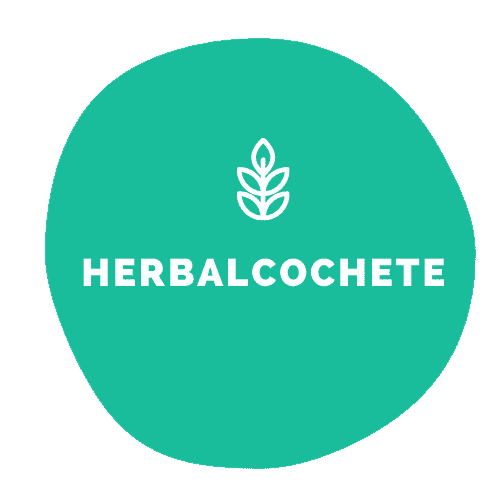Soda ash in soap. Some soap makers don’t like it, and many beginners don’t even know what it is. This white powder forms around your soap, usually while curing, and it fades or even hides the bright colors and designs in your soap. It’s harmless, and doesn’t affect your soap quality. But sometimes this is annoying and preferable to be avoided. On the other hand, some soap makers, like me, actually like the rustic effect of soda ash in soap.
But let’s find out what it actually is, how it happens and how to avoid it.
What Is Soda Ash In Soap?
Soda ash is a white, powdery substance that can form on the surface of soap when in contact with air. It is also known as sodium carbonate (washing soda). This white powder is harmless, doesn’t change the soap quality and doesn’t affect its usability.
However, soda ash can be unsightly, covering soap designs and fading the soap color. It also affects the texture of the soap, making it feel rough or gritty. That’s why many soap makers prefer to prevent its formation, namely for aesthetic reasons. Others, like me, have learned to embrace soda ash in soap, since it gives a “rustic”, handmade-like look to their soap bars. But I do try to avoid it when I am making designs.
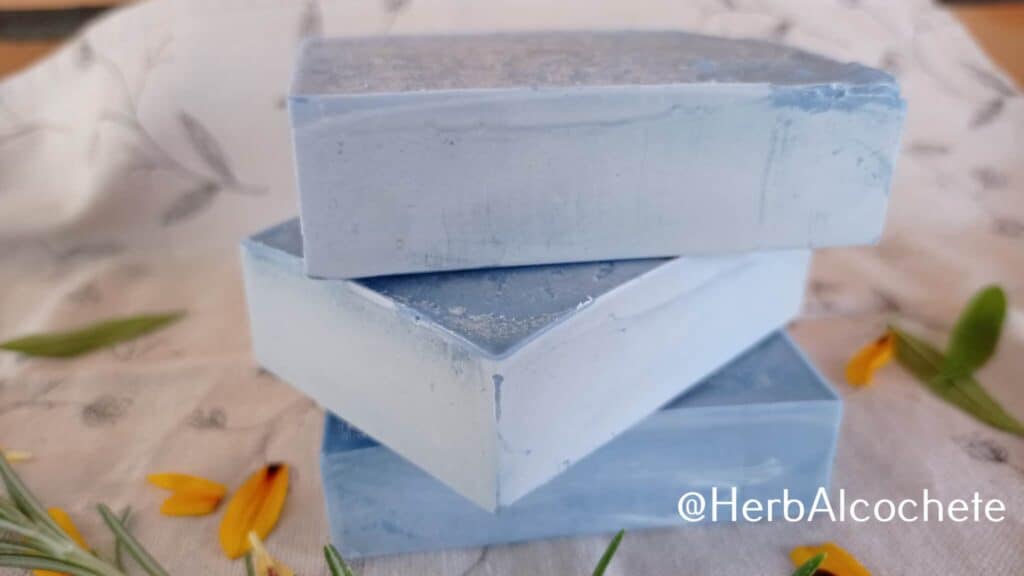
Pretty soap or ruined soap? The blue olive oil soap in this image is filled with soda ash. The soap below has less soda ash and you can see a difference in color tone. The original color is a bright blue. Soap with or without soda ash is really a matter of personal taste and visual aestethics.
How Does Soda Ash Form On Soap?
Soda ash forms on the surface of soap when unsaponified lye from soap comes into contact with the carbon dioxide in the air. The carbon dioxide reacts with the sodium hydroxide in the lye, forming sodium carbonate. This reaction causes the white, powdery residue that is commonly seen on the surface of soap. It can occur during the soap-making process or after the soap has been poured into molds.
Soda ash is more recurring when:
- Soap has a high percentage of liquid oils
- Medium/heavy trace is not reached before pouring your soap batter in the molds
- Soap is made at low temperatures
These are the ideal conditions to make swirl designs in soap, all to prevent soap acceleration. That’s why soda ash can be so annoying: it has a much higher probability of happening, exactly when you don’t want it.
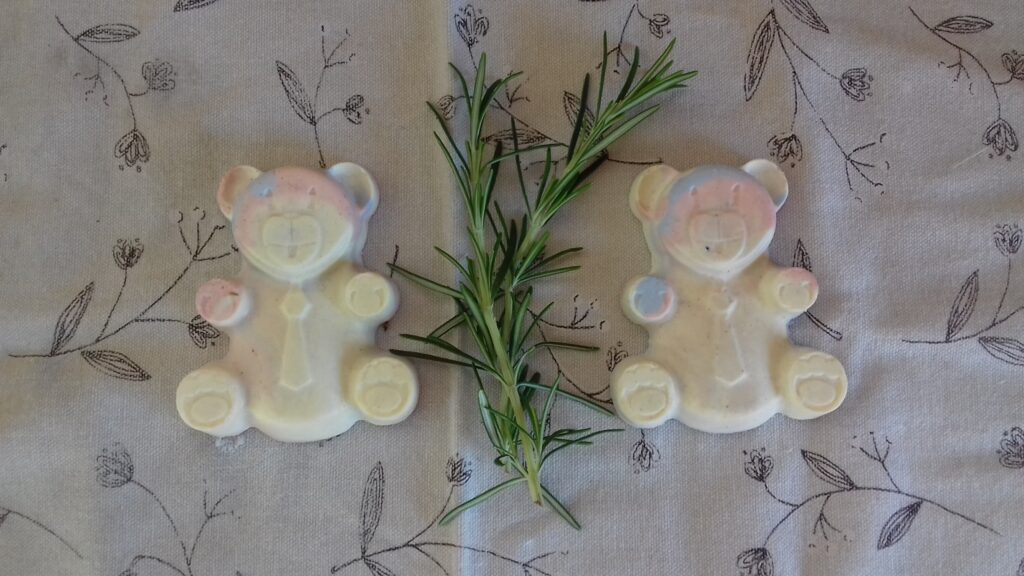
Is Soda Ash Harmful In Soap Making?
In terms of safety, soda ash is not harmful when present in soap. Soda ash, or sodium carbonate, is actually a food-grade, natural ingredient that is commonly used in various industries, including food, cleaning, and textiles.
It is also known as washing soda, and used as an addictive to laundry detergents that enhances the detergent performance and helps to remove stains. Soda ash can even be used as an ingredient in soap making! It can help to create a hard bar of soap with a high pH level, which can make the soap more effective at removing dirt and oil.
Soda ash can make your soap a bit gritty and rougher or “crumbly”. It can even make your soap a little bit more drying to the skin, depending if soda ash is only at the surface or inside the soap too. But that’s as bad as it can get.
Can You Still Use Soap With Soda Ash?
Soap with soda ash is perfectly safe to use. Soda ash is harmless and doesn’t affect the soap properties overall. You will still use a cleansing, mild products that respects your skin. Actually, soda ash will wash away after the first soap usage, especially if it’s present only at the top of the soap.
You can make a skin test to your soap before using it, if you are in doubt. But that is true whether your handmade soap has soda ash or not. High pH and certain ingredients can react with your skin, especially if it’s very sensitive. However, we all know we search for handmade soap because, currently, it’s actually milder to skin than any commercial hygiene products.
The unsaponified oils make up for the drying effect of high pH. And soap doesn’t have 5 to 10 potentially skin-irritating ingredients that are there just to improve the product appearance and shelf-life. Yes, they are not there to benefit your skin… But I diverge. Let’s go back to soda ash.

How To Prevent Soda Ash In Soap?
There are several ways to prevent the formation of soda ash in soap. First, consider the temperature and humidity of your workspace. It’s best to work in a low humidity environment at a temperature of around 25ºC (77ºF). You should also try to keep your oils and lye water at around 38ºC (100ºF) when working with them. This is why most recipes at Herbalcochete use this temperature of oils-lye mixture. Recipes with a high percentage of solid oils can also help to prevent soda ash.
When pouring your soap batter into molds, aim for medium trace. This can help to reduce the likelihood of soda ash forming on the surface. After pouring, sprinkle the soap surface with alcohol or witch hazel. This creates a protective film against the air and is the simplest, easiest, and most effective way to prevent soda ash.
In addition, in my personal experience, I could observe that leaving the soaps in the mold for longer than the required 48 hours helps prevent soda ash. If you are using individual molds, be patience and leave your soaps for 7 days in the molds.
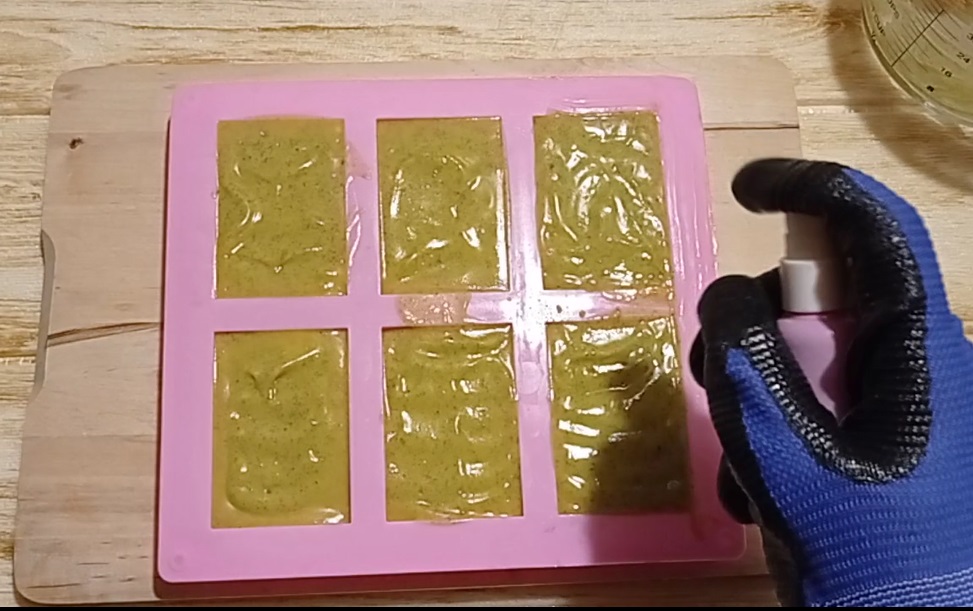
Another trick is to cover your soap with a towel or blanket while in the mold. This helps to promote gel phase as well as prevent soda ash from forming. If your house is cold, preheating your oven and placing the soap molds inside it at around 40ºC (100ºF) for several hours up to 24 hours can also be effective.
Finally, incorporating beeswax into your soap recipe can help prevent soda ash. Beeswax creates a natural protective film around the soap and has other benefits such as making the soap bar hard and slightly shiny. However, using beeswax in soap is an advanced technique.
Preventing soda ash in soap can be a challenge, but if you try some of these steps, namely, sprinkling soap with alcohol, you can take to minimize its occurrence. Still, there’s no “bullet-proof” solution and even when you take preventive measures, you can still have soda ash.
How To Remove Soda Ash From Soap?
So, you have soda ash in your soap! You did everything to prevent soda ash (or you forgot to take some preventive measures) but it still made an appearance! Good news is that there are several ways to remove soda ash from soap.
One method is to use old nylon to gently scrub the surface of the soap. This can help to remove the powdery residue and improve the appearance of the soap. Another method is to rinse the soap in cold water, scrub it with a paper towel and then wipe it clean from lather. Make sure you use gloves to avoid fingerprints. Let the soap dry well afterwards.
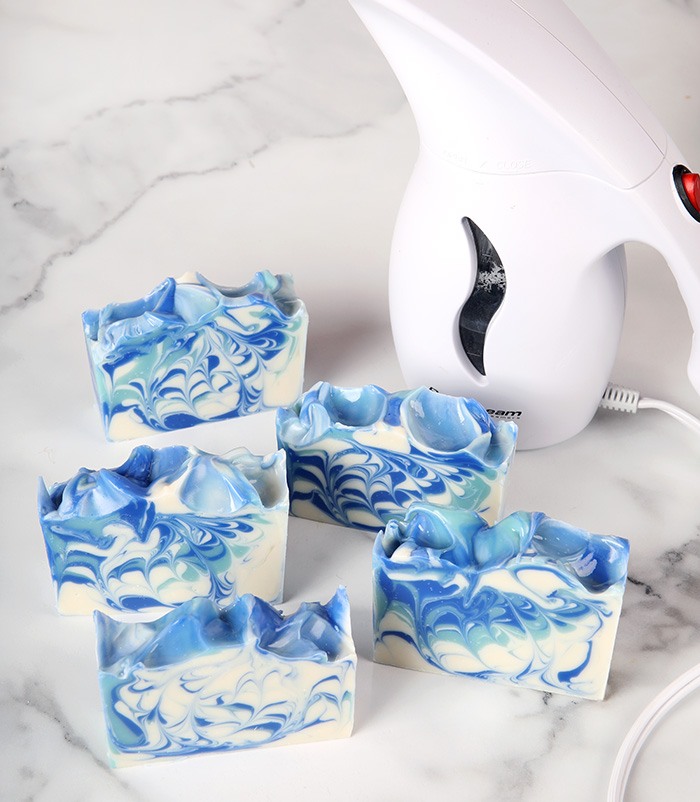
Steam is also great to remove soda ash. It leaves your soap clean and shiny afterwards. You can use a water boiler and expose your soap bar to the steam coming out while the water is boiling. Be careful, don’t burn yourself! Use gloves.
Additionally, some soap makers recommend spraying the soap with alcohol and then wiping it clean with a soft cloth. Finally, you can cut the bits of soap with soda ash using a soap shaver.
Takeaway
Soda ash, or sodium carbonate, is a white powder that can form at the surface of your soap, when unsaponified lye reacts with carbon dioxide from the air. It’s harmless and doesn«t affect the soap quality. But it can be a problem if it hides swirl designs or your favorite soap color.
Ways to avoid it consist in: using solid oils; pouring soap in medium trace; using water discount; using higher temperatures; use beeswax or sodium lactate. However, the most simple and effective way is to sprinkle your soap surface exposed to air with a film of alcohol.
If you already have soda ash in your soap, using water will help remove it: wash your soap gently with cold water (do not soak it) or use steam.
Or just leave the soda ash in your soap! It will give your soap a “rustic” look. Besides, soda ash will dissapear after using the soap one or two times.
